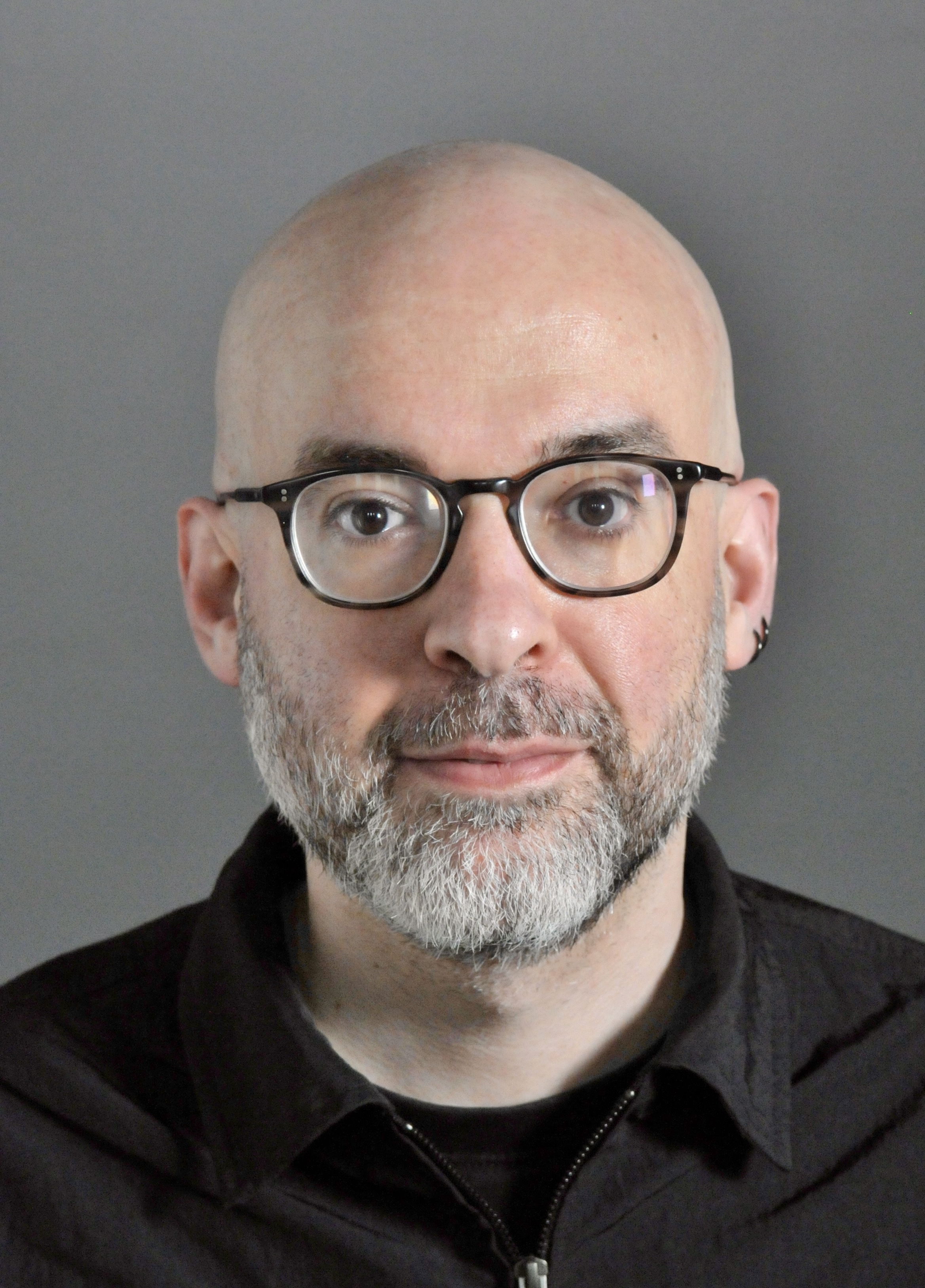I thought this report on the use of ‘shallow fakes’ in insurance fraud was fascinating. This could have ramifications for any sector in which photos are used as documentary evidence:
A surge in fraud cases where photos are manipulated to show fake car crash damage is alarming insurers and helping to push car insurance costs up to record levels.
Insurer Allianz said incidents where apps were used to distort real-life images, videos and documents increased by 300% between 2021-22 and 2022-23, and it added that this “has all the signs of becoming the latest big scam to hit the insurance industry”.
Rival insurer Zurich UK said it was also seeing more and more claims that had been doctored using so-called “shallowfake” technology, and that this was “becoming one of the most emerging threats from a counterfraud point of view”.
https://www.theguardian.com/business/article/2024/may/02/car-insurance-scam-fake-damaged-added-photos-manipulated
